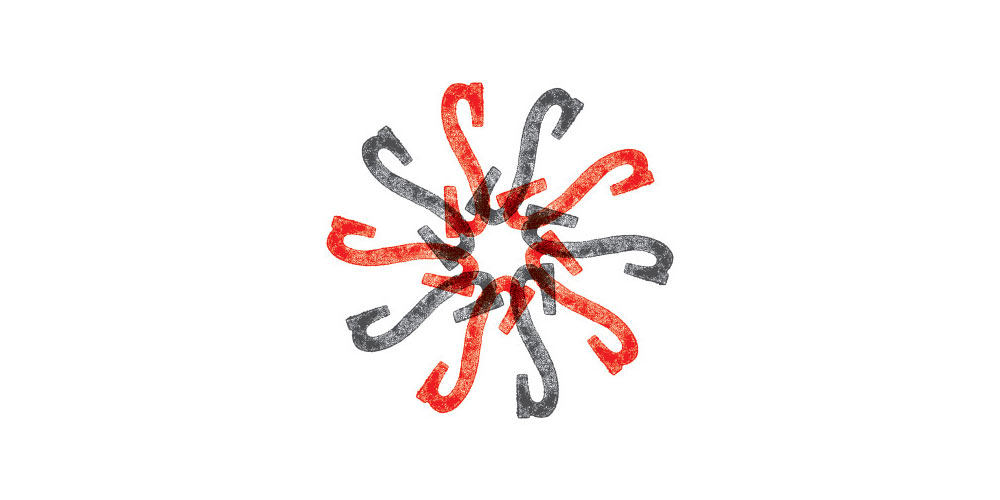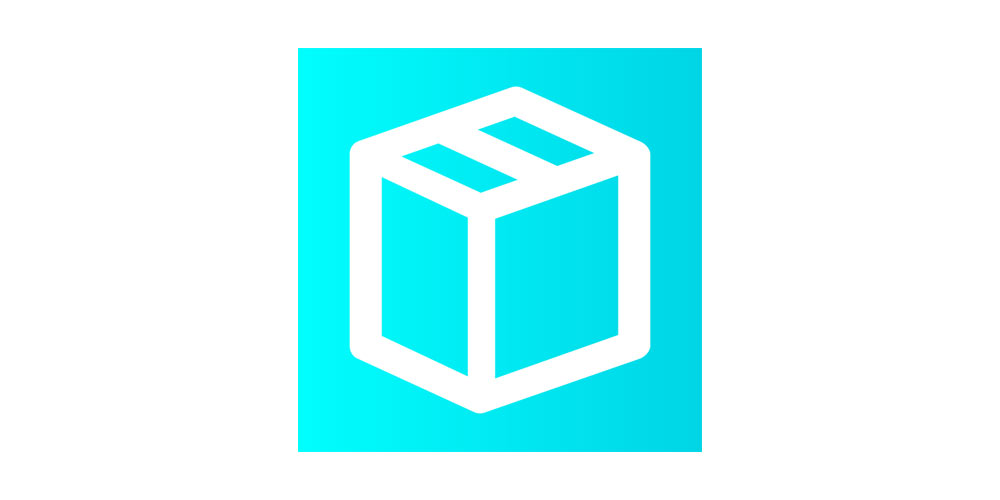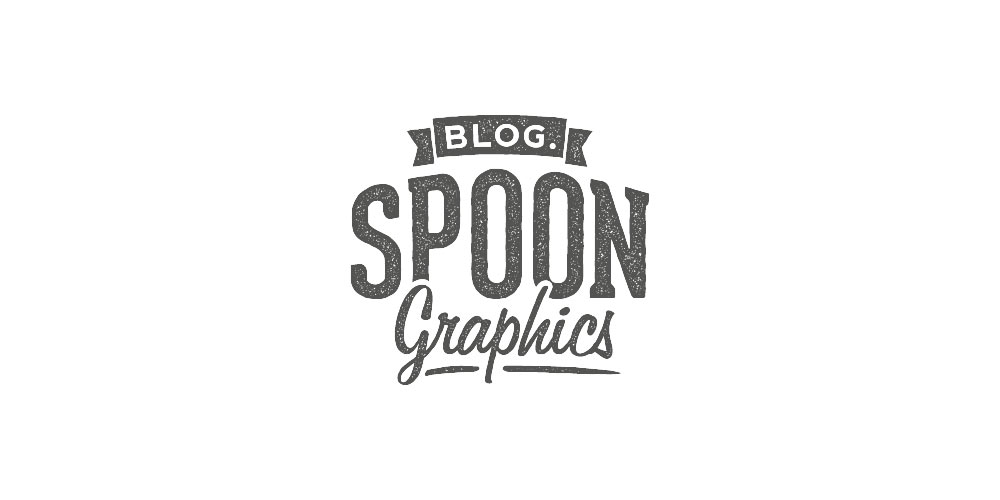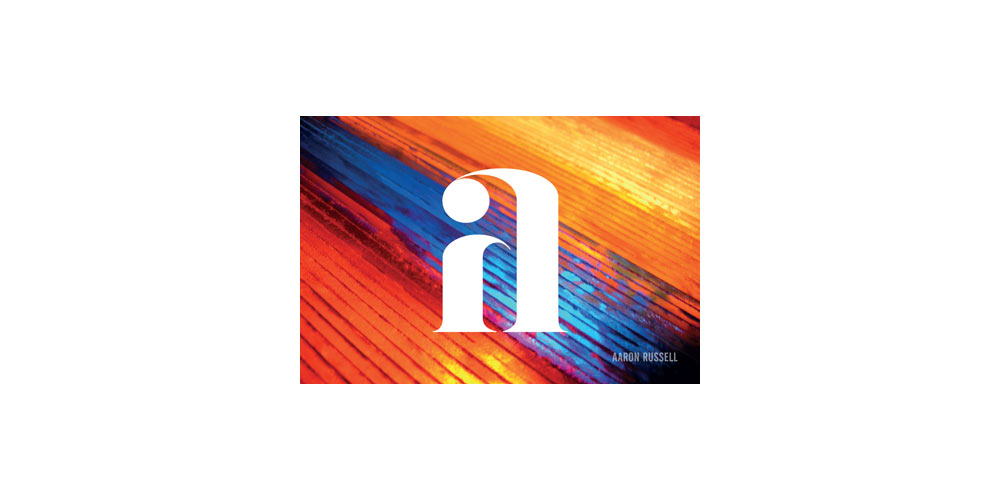I asked twenty designers how they charge clients, how they accept payment, and why they recommend their way of doing things. Here’s the first in a three-post series giving an insight into how graphic designers handle their income.
Jonathan Selikoff, of Selikoff+Company
How do you charge clients?
Depends on the client and the relationship, but initially, all projects are on a flat fee, per project basis, with a defined scope. I usually ask for a third or 50% upfront, depending on the size of the fees. Hourly rates never benefit anyone. The client doesn't get a true idea of the value of the work and risks getting overcharged. I prefer to deliver a desired outcome, not work for X amount of hours and hope for the best. If it takes too long to achieve the goal, then I underpriced it or didn't work efficiently enough, but that's not something I feel the client should suffer.
I do have one client on a retainer, which has worked well because they have a wide variety of projects that need to be done each month. Sometimes it's a lot, sometimes not as involved, but for me to try to price each piece individually would waste time for both of us. In retainer work, I do work more on an hourly basis. Since the projects aren't a defined X, Y and Z for the month, I need some basis for my fee for them. Also, I prefer to work on 3-6 month contracts when on a retainer, not month-by-month.

What payment methods do you accept?
I take cheques only right now. The vast majority of clients expect to pay via cheque, so that's my typical MO. I've looked into PayPal because a client requested it, but they are really set up to support sales of a concrete product, not a service like design. As I recall, they kept asking for proof of what I was selling with inventory and pricing lists, something I don't exactly have. In the end, they actually turned me down. I found that amusing and frustrating at the same time. Guess I should be offering some widget for sale as well.
Why?
I go with what seems to work for me. I'm a solo practitioner, which often can give people the impression that I'm not very organised. I might not be, but I try to project a level of competence, and that includes having my contract and payment terms set up front. That being said, if a client asked for some other option that sounded reasonable, I'd certainly be open.
Yael Miller, of The Dieline
How do you charge clients?
On smaller-mid sized projects I require a 50% deposit and the balance prior to release of production-ready files. On larger (longer-term) projects with several stages of deliverables, I require the same 50% deposit prior to starting any work, but break up the fee schedule based on deliverables. A retainer is usually applied to the end of the project, too.

What payment methods do you accept?
I accept wire (bank) transfer for overseas clients, PayPal when a client prefers this or is in a rush, and most often for US-based clients — a cheque by mail. I usually charge a small fee to cover the wire transfer and PayPal payment methods.
Why?
It spreads the risk yet gives the client (who may be a first-time client in many cases) the option of not paying everything at once to an unknown designer/studio. It's a pretty fair process. The only added advice is that even if a client has 'proven' themselves to be trustworthy by having paid your deposit and even subsequent payments, you must not continue to provide work into future phases of a project before getting payments as per the signed agreement / fee schedule. I have learned this the hard way. Trust me — it's worth swallowing your pride and overcoming any fear of confrontation and not moving forward on a project until you get payment as per your mutually agreed contract. Many unexpected things can come up — even personal emergencies or, as we now know, catastrophic economic upheavals that can upend even a trustworthy and fair client's willingness or ability to pay you.
Antonio Carusone, of AisleOne
How do you charge clients?
Mostly by an hourly rate. I try to estimate how many hours I will work on the project that way I can ask for a percentage of the charge upfront before I begin work.

What payment methods do you accept?
Pretty much always a cheque.
Why?
Charging hourly seems to yield a more realistic payment over a flat rate, unless of course you work less than the total flat rate, which almost never happens. It's also a good idea to ask for a percentage of the payment upfront just in case the client decides to bail on you. And cheques are easy to deal with and are more professional than asking for cash.
Chris Spooner, of Spoon Graphics
How do you charge clients?
Once a range of information has been gathered about the project I estimate the costings based on the average number of hours, this is multiplied by my personal hourly rate and supplied as an overall cost.
This estimate is then sent to the client for approval. When the client is happy to start work on the project an initial 50% deposit is collected. The project gets underway and design material is produced. Upon completion the final invoice for the remaining 50% is created, or total remaining balance if additional changes or features have been introduced during the project.

What payment methods do you accept?
I accept bank transfers, PayPal, and cheques, with PayPal being the most common form of payment, particularly with overseas clients. The integrated payment system with FreshBooks invoicing app. also allows online invoice payments via PayPal, which can be handy in streamlining the process, immediately marking the invoice as paid.
Why?
Working on a 50% deposit is definitely recommended, from a designer's point of view it acts as both protection and a deterrent against unscrupulous clients who may be tempted to skip payment. I have yet to find a client who has any issue with an upfront payment, with most being more than happy and even expecting to pay in advance. From the client's point of view this also helps show how the designer values their service and work.
In terms of payment solutions, bank transfers are my favourite method of payment given the speed and ease, unfortunately this becomes a little tricky when overseas work is involved. This is where PayPal steps in, although the fees do tend to be a little depressing. But I suppose these are relative to the benefits.
Steven Snell, of Vandelay Design
How do you charge clients?
I usually charge a flat rate based on the project, although I have a few ongoing clients that usually get billed by the hour. Issues like charging in advance vary somewhat. If I'm working with an ongoing client then I just charge after the work is done, but with a new client I'll typically charge part upfront, but the percentage isn't always consistent. This is something I should probably do a little better is to develop more consistency.

What payment methods do you accept?
I either get paid by PayPal or by cheque. Clients who are friends, family or referrals usually prefer to pay by cheque, but people that find me online and live in various parts of the US or the world typically pay with PayPal. I prefer PayPal.
Why?
I recommend having some flexibility with accepting payment because clients have different preferences. I also recommend charging upfront, although as I mentioned I need more consistency in the percentage. When I first started freelancing I got into some difficult situations that could have been avoiding by charging upfront. I had one situation where I didn't get paid for several hours of work and a few other situations where it would have been helpful to get more upfront to get more commitment and urgency from clients.
Alex Peterson, of Pixel Air
How do you charge clients?
For large web design projects I quote a total amount based on an estimate of days required to carry out the work, which is presented to the client in a full proposal. The more a project costs the more detail I usually have to provide about what all their money is paying for. I’ll then ask for a 50% deposit or £1,000 if the project is high value. If it’s quite a lengthy project I’ll even ask for monthly installments to tie me over as we all know cash-flow is very important in the freelance game.
For clients that have existing websites and require maintenance work in the form of minor updates, new features and ironing out bugs I charge £40 per hour and round down to the nearest 15 minutes which suits a lot of clients rather than rounding up to the nearest hour.
I also try an offer packages like SEO, where I’ll offer a full site review and written report explaining what areas of their site the client could improve on with regards to search engine page ranking. I usually charge per hours for this – the SEO report outlines the areas of work recommended in hours.
![]()
What payment methods do you accept?
My favoured method is BACS, but more often than not I receive cheques. I do offer paypal for convenience but this is one of the slowest methods as I then have to then transfer the money from my paypal account into my business account which takes 3 days. (Not to mention the 2% paypal commission I get charged.) I find myself chasing late payments more and more so only yesterday was have a conversation with a colleague about offering a discount for early payment or payment by BACS.
Why?
I think it’s always good to give clients as many options when it comes to charging for projects. And most importantly you have to be as clear as possible to let then know exactly what they’re paying for and in as much detail as possible so there are no nasty surprises or disagreements later. Payment options are more for my own convenience really but no harm in making your preference known to the client.
Aaron Russell, of aaronrussell.co.uk
How do you charge clients?
I have different relationships with different clients. I have a handful of clients who I work for on an ongoing basis and for whom I charge an hourly rate. As I have a long term level of trust with these clients I just bill them at the end of every month for the hours completed.
I also do lots of project work where I provide a quote in advance of the project. Early in my freelance life I learnt the hard way about doing work without any upfront payment. Having been stung once, all new clients now must pay a 50% deposit upfront. As my relationship with clients develops I am a lot more flexible about this, but certainly with new clients there is a huge risk involved — even more so when you are dealing with overseas clients and you don't understand how the legal system can protect you.

What payment methods do you accept?
The majority of my clients are UK-based, so the best way for me to accept payment is through electronic bank transfer as it's free. However for my overseas clients I generally accept payments through PayPal and I will pay any fees associated with that. One overseas client of mine is uncomfortable using PayPal so they insist on paying via international bank transfer.
At the end of the day, I don't really mind how the money gets to me - as long as it works for my client and gets to me in good time.
Why?
Clients come in all different shapes and sizes and there won't be any one-size-fits-all approach. It's part of my ethos with how I deal with clients to be as flexible and accommodating as I possibly can be, and that includes how I take payment. It's essential to protect yourself when dealing with new clients — and I learnt that the hard way. But all my long term clients are fantastic and always pay on time without issue, and I think that can party be put down to dealing with them with flexibility and understanding.